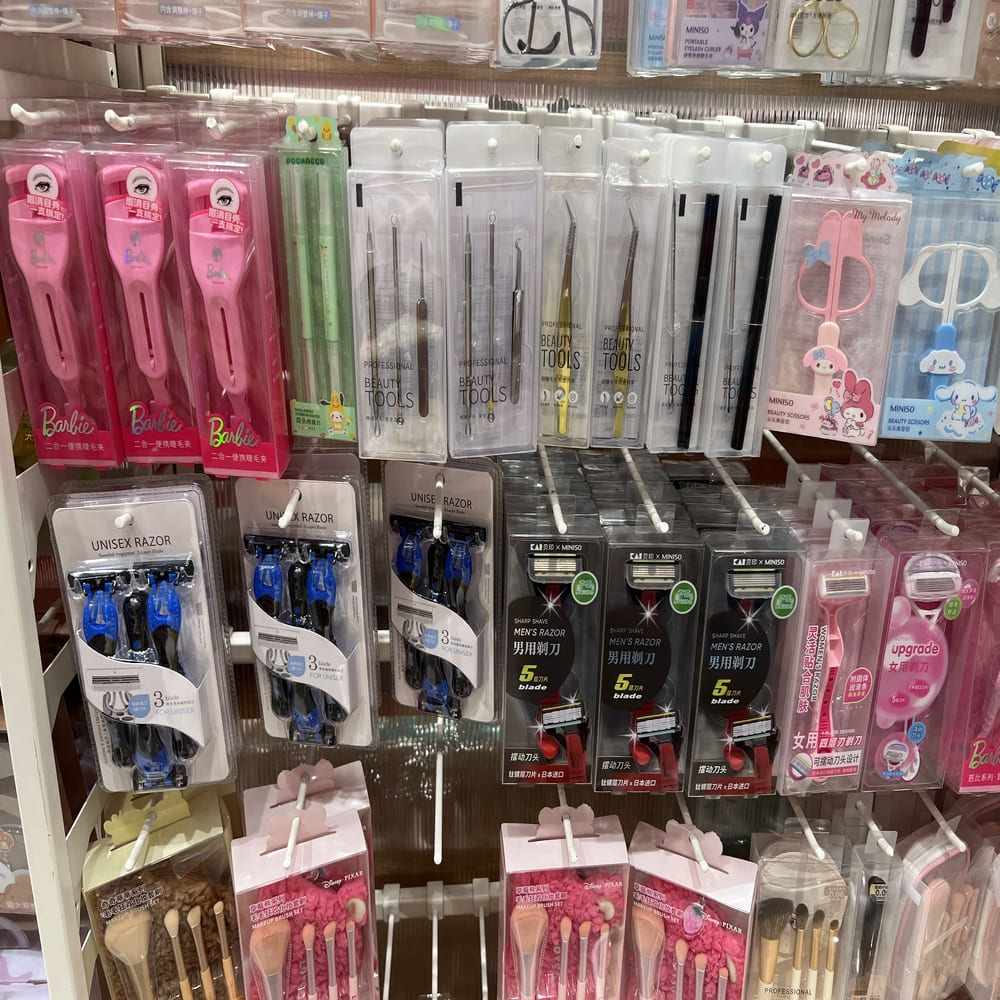Table of Contents
Introduction
In the world of consumer packaging, finding the right solution to display, protect, and enhance a product’s appeal is crucial. Two of the most popular types of packaging are clamshell blister packaging and blister packaging. While both provide an attractive way to showcase products and allow consumers to see what they’re buying, they each offer unique features and advantages. Knowing the differences between these packaging types is essential for businesses aiming to select packaging that best suits their product, budget, and sustainability goals.
1. Overview of Clamshell Packaging
Clamshell packaging is a type of clear plastic packaging with a unique, two-sided design that fully encloses the product. Often hinged on one side, clamshells snap shut, providing a secure enclosure that allows products to be displayed from multiple angles. This packaging is widely popular in retail, especially for items like electronics, tools, and toys, as it combines visibility with protection.
Common Materials: Clamshells are typically made from PVC, PET, or recycled plastics, providing durability and a glossy, high-clarity look that helps attract consumers’ attention on retail shelves.
Popular Uses: Clamshells are ideal for products that benefit from a fully enclosed, rigid structure. This makes them suitable for consumer electronics, small appliances, and other retail products where clear vinyl boxes might also be considered.


2. Overview of Blister Packaging
Blister packaging consists of a clear, molded plastic front that is sealed to a cardboard or paper backing. This front, often thermoformed, provides a secure, snug fit around the product. Blister packaging is a versatile option commonly used for small consumer goods such as batteries, pharmaceutical products, and food items, offering visibility and a degree of protection.
Common Materials: Blister packs are often made of PVC or PET for the clear front, while the backing can be cardboard, paper, or aluminum for more tamper resistance.
Popular Uses: The design is perfect for products that require a tamper-evident seal but don’t need the fully enclosed design of clamshells. Pharmaceuticals, small electronics, and certain food items are frequently packaged in blisters due to their convenience and lower production costs compared to more extensive packaging solutions like clear plastic packaging.


3. Key Differences Between Clamshell and Blister Packaging
Structure and Shape
The main structural difference between clamshell and blister packaging is the enclosure method. Clamshell packaging is typically hinged and snaps shut, fully surrounding the product in clear plastic packaging. Blister packs, in contrast, are sealed to a flat backing, offering a less bulky form factor.
Level of Protection
For high-value or delicate items, clamshell packaging generally provides superior protection. The fully enclosed, rigid structure of a clamshell is more impact-resistant than blister packaging, which offers moderate protection but can be more prone to damage if the backing is not sturdy.
Ease of Use and Accessibility
Clamshells are highly secure but can be challenging for consumers to open without scissors or other tools. Blister packs, however, are typically easier to open, particularly if they’re designed with a peelable backing. This ease of access may make blister packaging more consumer-friendly for everyday items.
Cost Considerations
Blister packaging is often the more cost-effective option since it uses less plastic material and has a simpler manufacturing process. Clamshells, while more robust, generally cost more due to their larger size and more complex design.
Environmental Impact
With growing interest in eco-friendly packaging, the environmental impact of each packaging type is important. Clamshells tend to use more plastic, which may be less desirable for companies focusing on sustainability. However, both blister and clamshell packaging can be made with recyclable materials, and businesses increasingly offer clear vinyl boxes and other clear packaging made from recycled plastics.


Clamshell Packaging
- Advantages: Offers excellent protection, full product visibility, and a high level of security against tampering.
- Disadvantages: Uses more plastic, can be difficult for consumers to open, and is typically more expensive than blister packaging.
Blister Packaging
- Advantages: Cost-effective, tamper-evident, and often easier to open, making it ideal for products that don’t require a fully enclosed design.
- Disadvantages: Provides less protection than clamshells, and the backing can wear down or detach, depending on the material.
5. Choosing the Right Packaging for Your Product
When deciding between clamshell and blister packaging, it’s essential to consider factors such as product size, fragility, display needs, and budget. For more robust products or high-value items where full enclosure is a priority, clamshell blister packaging is often the better choice. Blister packaging, however, is ideal for lower-cost items that require moderate protection and easy accessibility.
For companies focused on reducing their environmental footprint, both packaging types can be created using recycled materials, making clear vinyl boxes and other eco-friendly clear plastic packaging viable alternatives.


Conclusion
Understanding the differences between clamshell and blister packaging is key for businesses looking to optimize their packaging choices. While clamshells provide robust protection and visibility for high-value items, blister packaging offers an economical, tamper-evident solution for everyday products. Selecting the right packaging type helps balance product appeal, protection, and sustainability, ensuring the best choice for both businesses and consumers.
